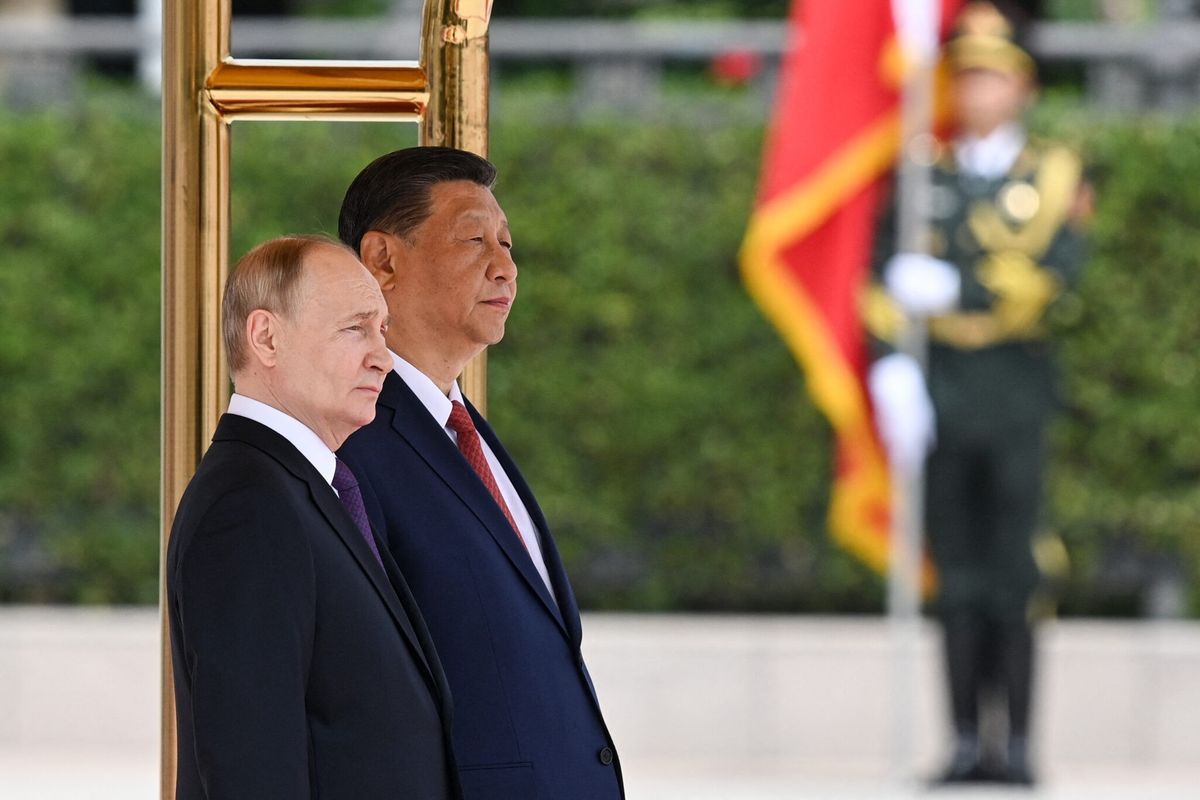From South Korea’s point of view, the year of 2016 will be remembered as one of the most challenging years since the armistice of the Korean War was signed in 1953. North Korea conducted its fourth and fifth nuclear tests on January 6 and September 9 respectively, and it continued testing various types of ballistic missiles, more than twenty times in 2016 alone. The international community further strengthened the economic sanctions against North Korea and South Korea’s Park Geun-hye administration painfully decided on the shutdown of the Kaesong Industrial Complex, the symbolic region of inter-Korean economic cooperation, to cut off capital inflow from South to North.
Meanwhile, South Korea’s relations with China, the country’s largest trader partner, fell into trouble too. The Park Geun-hye administration has been regarded as a very congenial government to China; however, its decision on deployment of the Terminal High Altitude Area Defense (THAAD) missile defense system sparked a furious backlash from China. South Korean businesses are largely afraid of China’s trade retaliation and growing anti-Korean sentiment among Chinese. Some industries like cosmetics and K-Pop music groups are already experiencing restrictions on their businesses.
Challenges were not only from international circumstances, but also from domestic political turbulence. South Korea’s National Assembly accused President Park Geun-hye of violating the country’s constitution and abusing her power to commit corruption with her friend of many decades, Choi Soon-sil; the Assembly voted to impeach President Park on December 9, 2016. Since the scandal erupted, there have been candlelight protests every Saturday in the middle of Seoul, the Gwanghwamun area, and in many other smaller areas around the country. The cumulative number of protestors finally reached ten million on the last day of 2016. On January 3, 2017, formal hearings in her impeachment trial began at South Korea’s Constitutional Court. The Court has a maximum of 180 days to rule on the impeachment vote. If the Constitutional Court decides to unseat her, the presidential election will be held within 60 days.
During this political vacuum in South Korea, Donald Trump, the President-elect of the United States, kept raising the voice of ‘America First”-ism. Trump, an outsider of the Washington’s policy elite circles, will likely be a big challenge not only for Washington’s technocrats but also for their counterparts in Seoul. South Korea’s foreign policy makers were perplexed by the American election result because they find it difficult to understand what type of leader Trump is and forecasting what kinds of foreign policies his new administration will take. And now, across the Pacific, both American and South Korean foreign policy experts are trying to figure out who will be Trump’s counterpart in Blue House.
Considering the gravity of South Korean citizens’ frustration over corruption within the ruling Saenuri Party and conservative elites, a progressive candidate can be more competitive for the South Korea’s upcoming presidential election. As of now, various public poll data indicates that Moon Jae-in, the former chief of staff to former President Roh Moo-hyun, of the Minjoo Party, is enjoying the highest popularity among other possible contenders – including Ban Ki-moon, who just retired from the position of UN Secretary General and returned to the country January 12.
Of course, things remain fluid and complicated, and it is very difficult to predict exactly who and which party will win the upcoming election. This means that the country is likely to experience a very hasty presidential election campaign. Therefore, Korean voters might not be able to have enough time to carefully investigate each candidate’s foreign policy views. The big question mark will be the compatibility between the Trump administration and South Korea’s new leadership.
Though Roh Mu-hyun was not an anti-alliance leader and contributed a great deal to the ROK-U.S. alliance by pushing for KORUS FTA ([South] Korea-United States Free Trade Agreement) and dispatching the Zaytun Division to Iraq in support of the U.S., Roh and his American counterpart, President George W. Bush, held conflicting views on North Korea. Moon is an ideological successor of Roh, and the Trump administration’s security policy-related appointees are reminiscent of the Bush administration’s hawkish people. What is importantly different between then and now is, however, North Korea’s nuclear and missile capability.
Given the determined leadership in Pyongyang, its stubborn nuclear ambition, and certain development in North Korea’s relevant technologies, the importance of the ROK-U.S. alliance cannot be overly emphasized. More communication and closer coordination between Washington and Seoul are required now more than ever before. Dissonance between Washington and Seoul might be exactly what Pyongyang wants to see.









